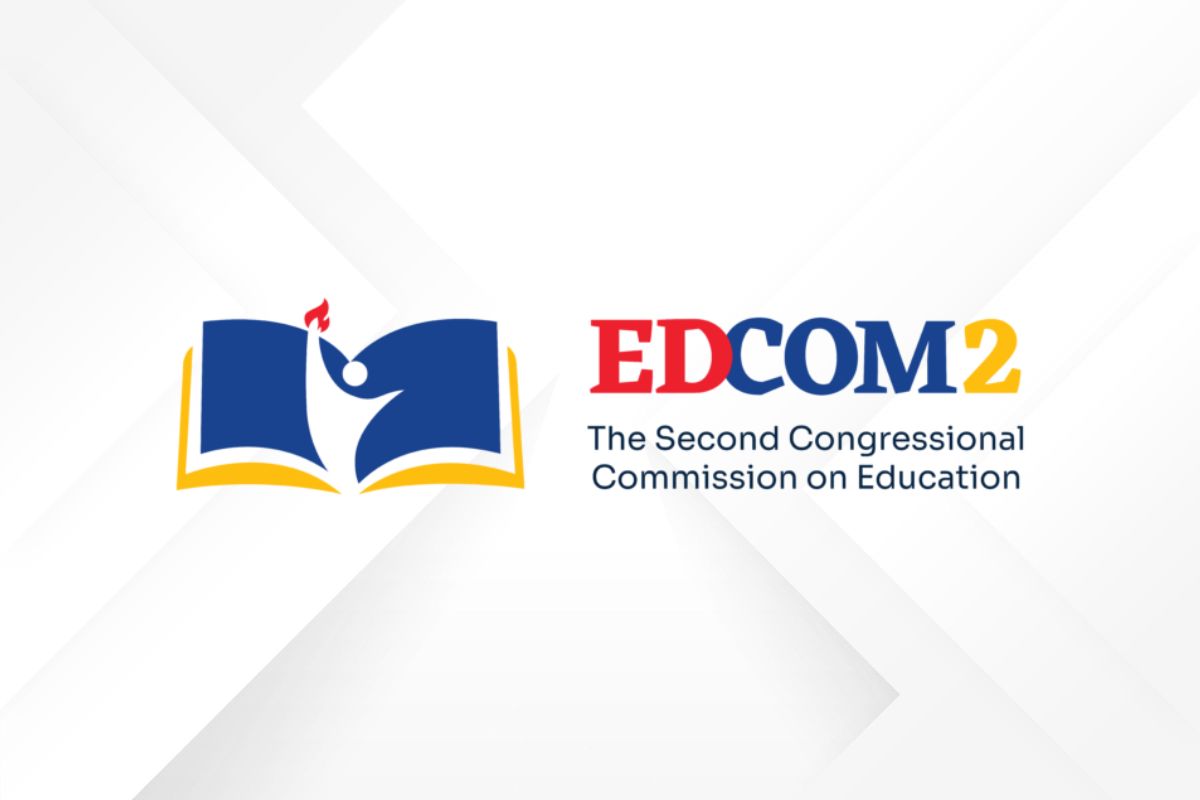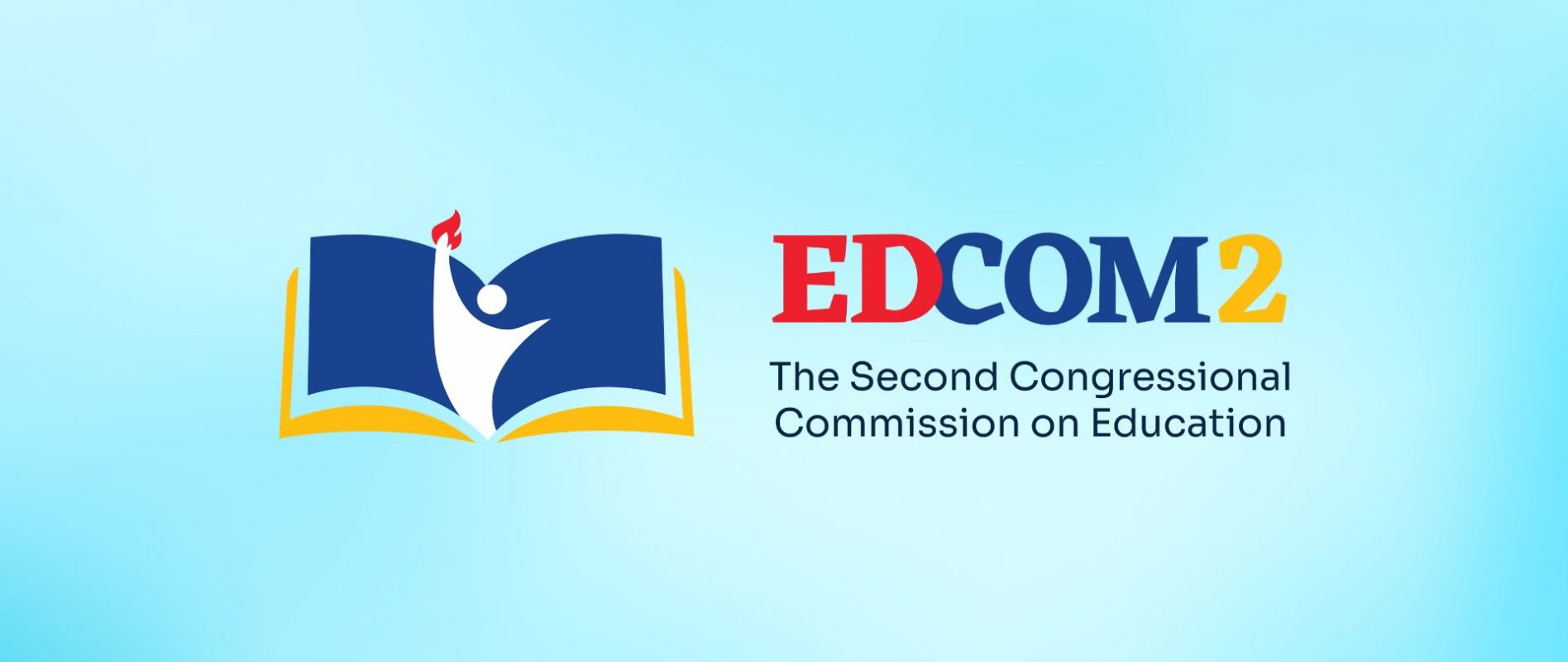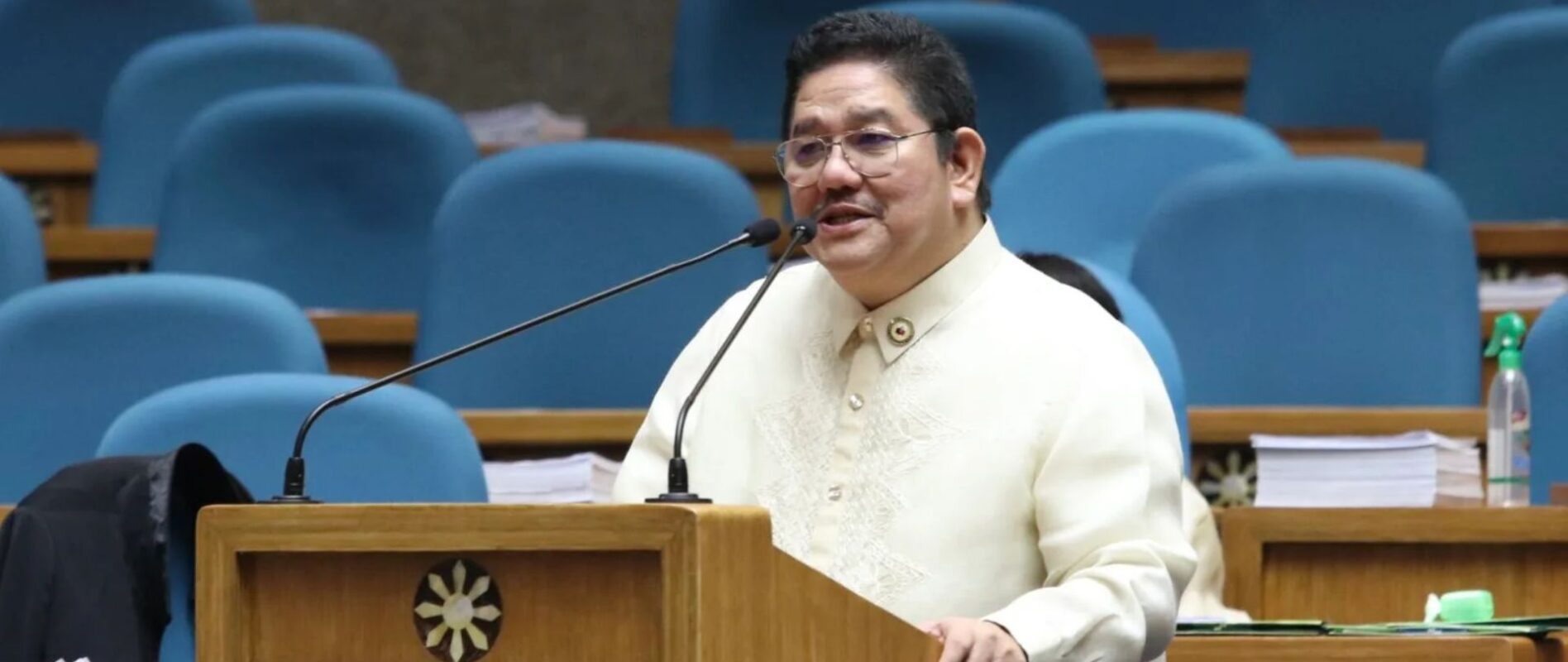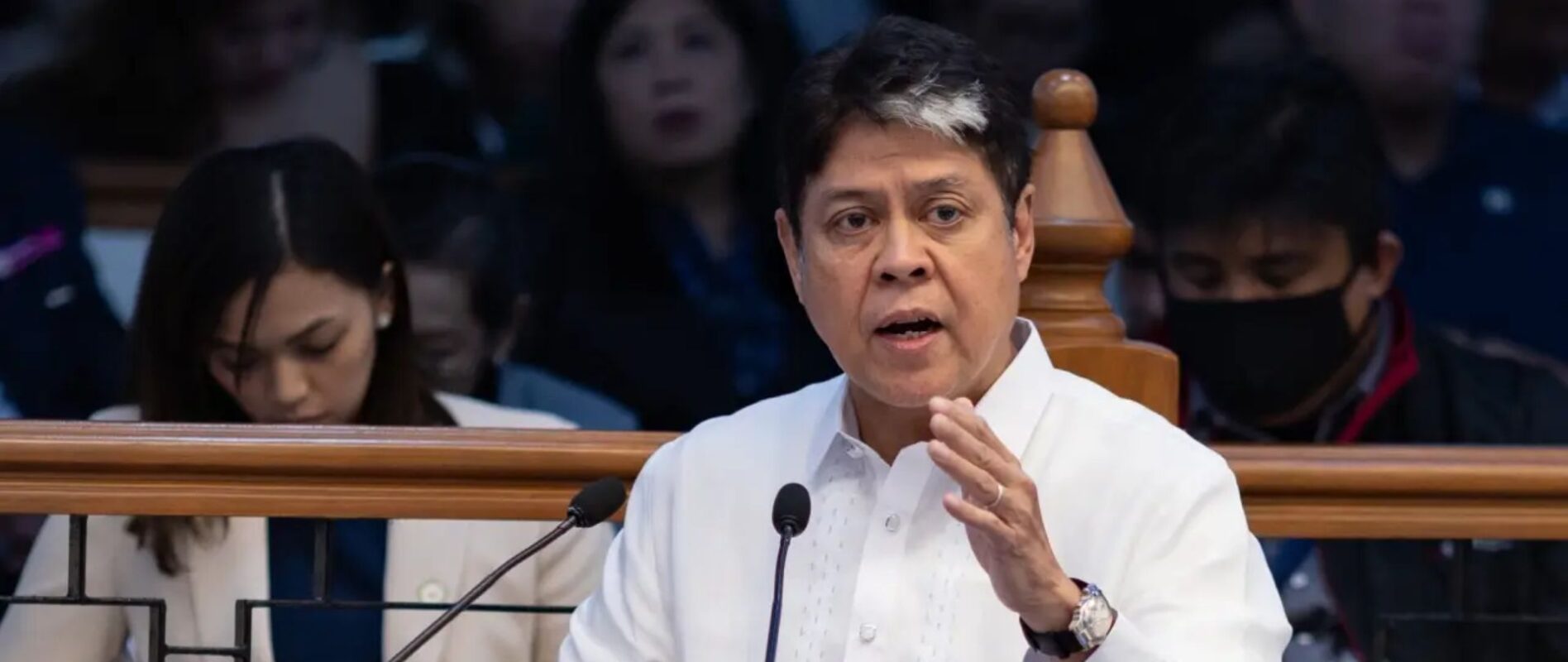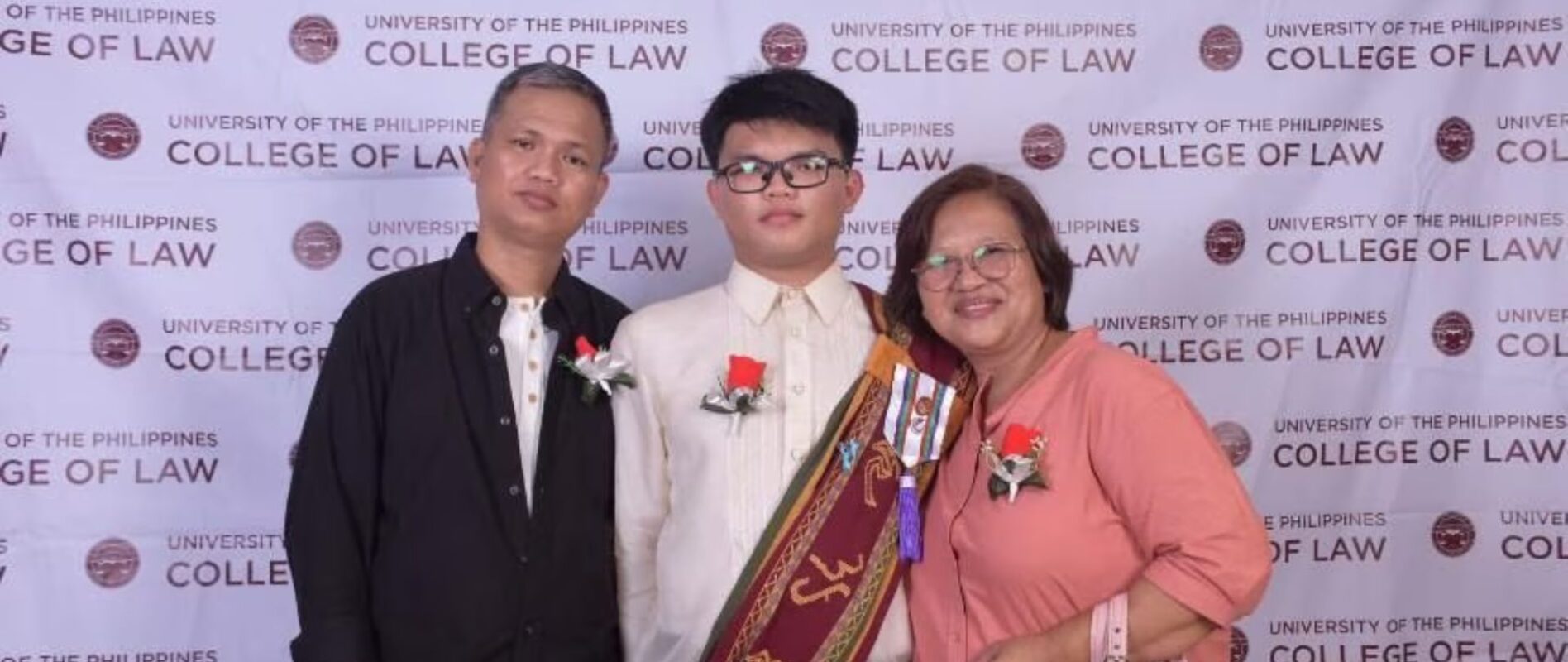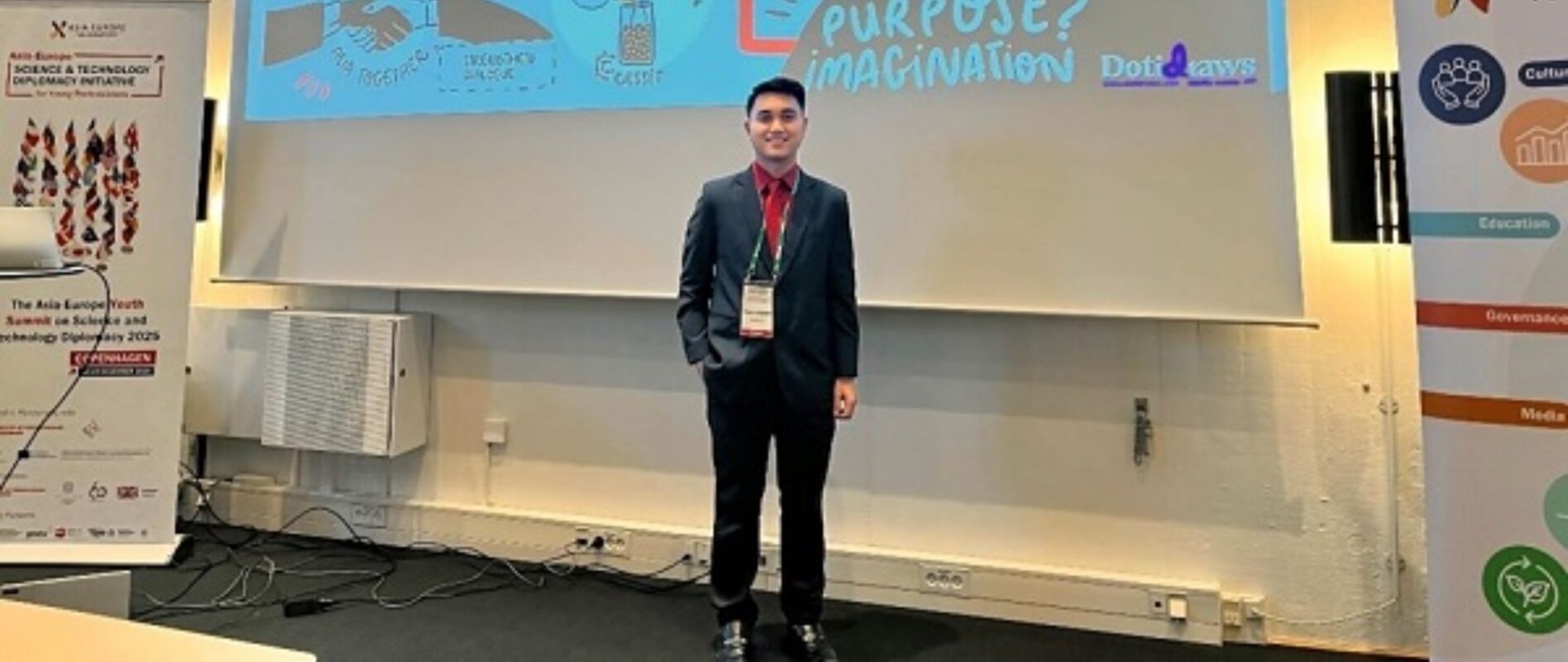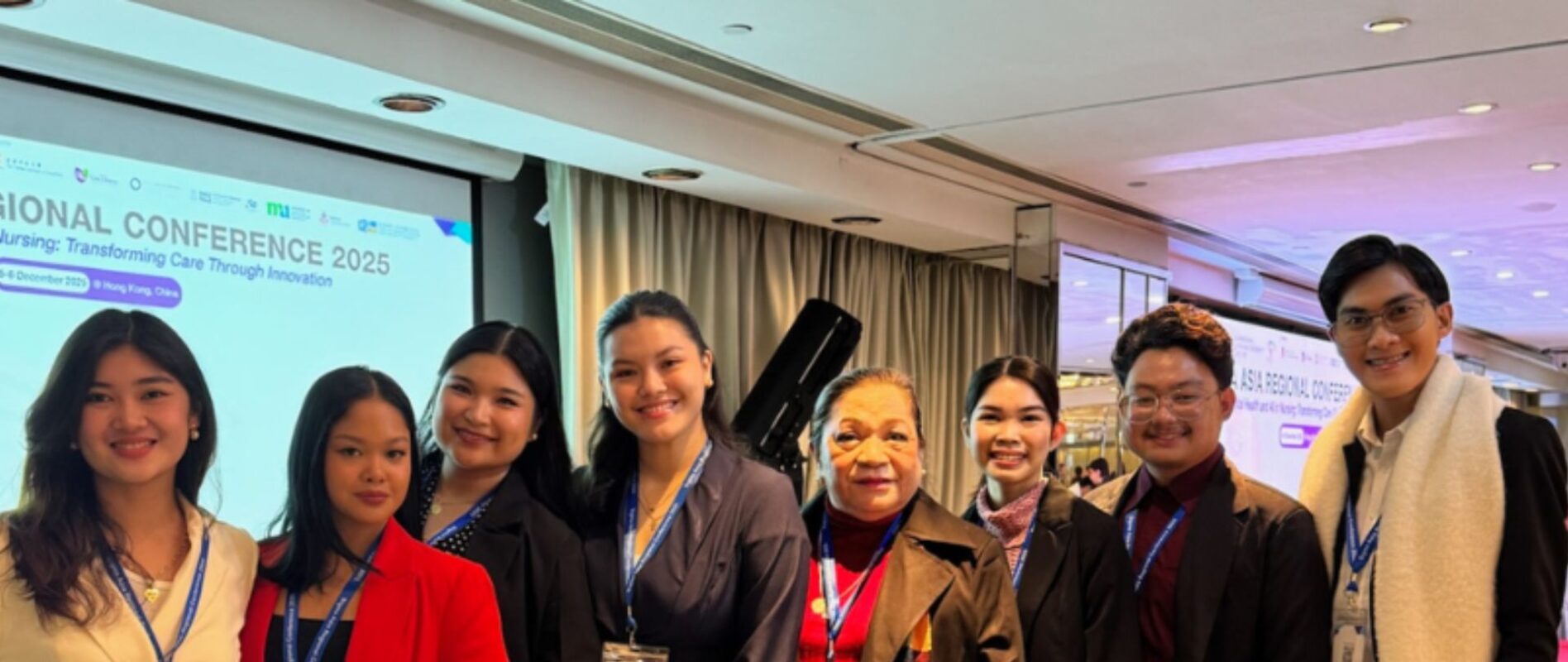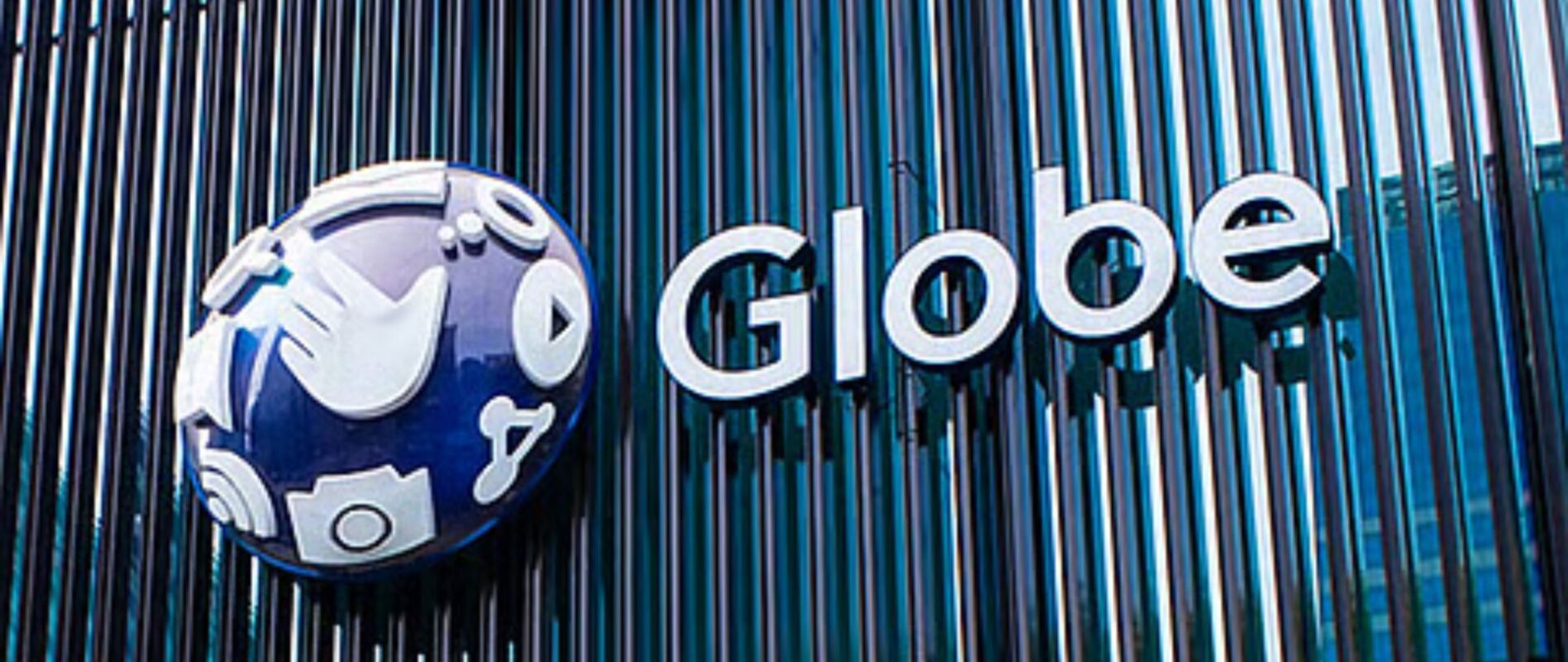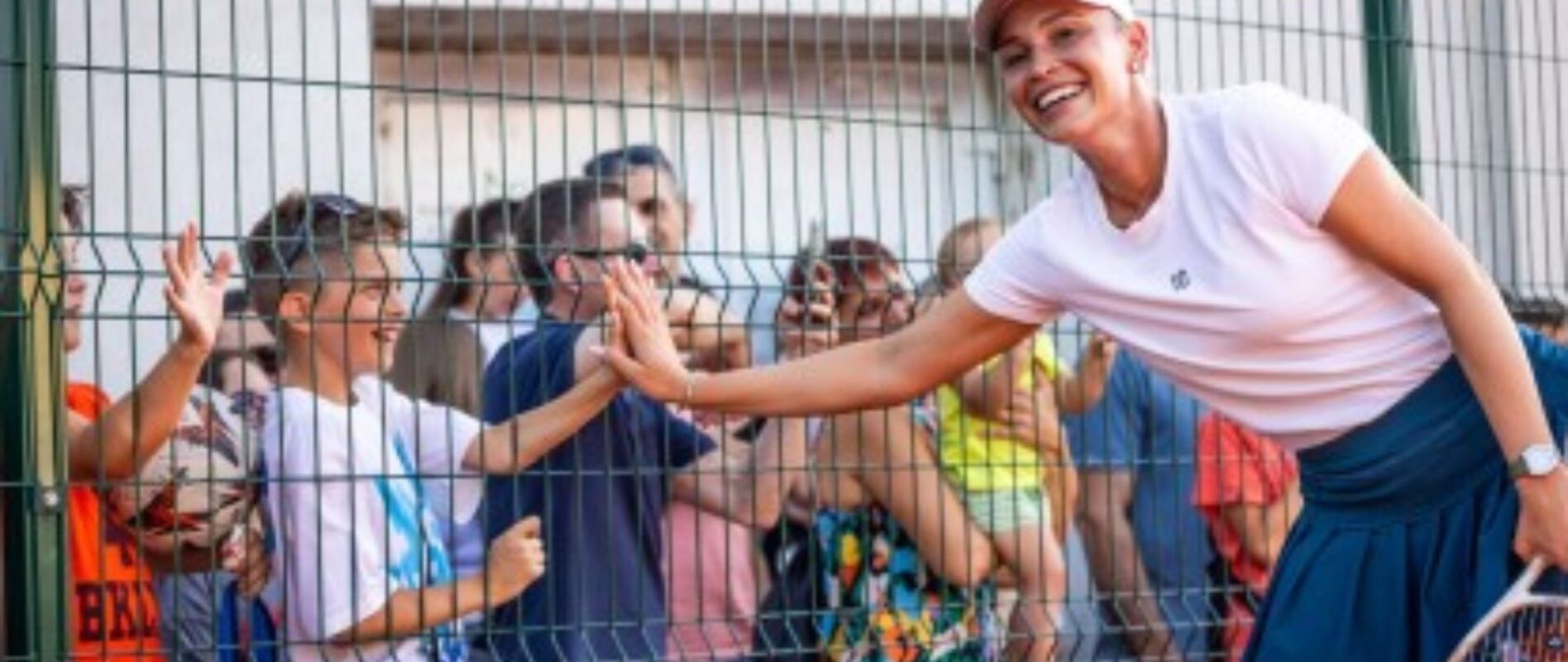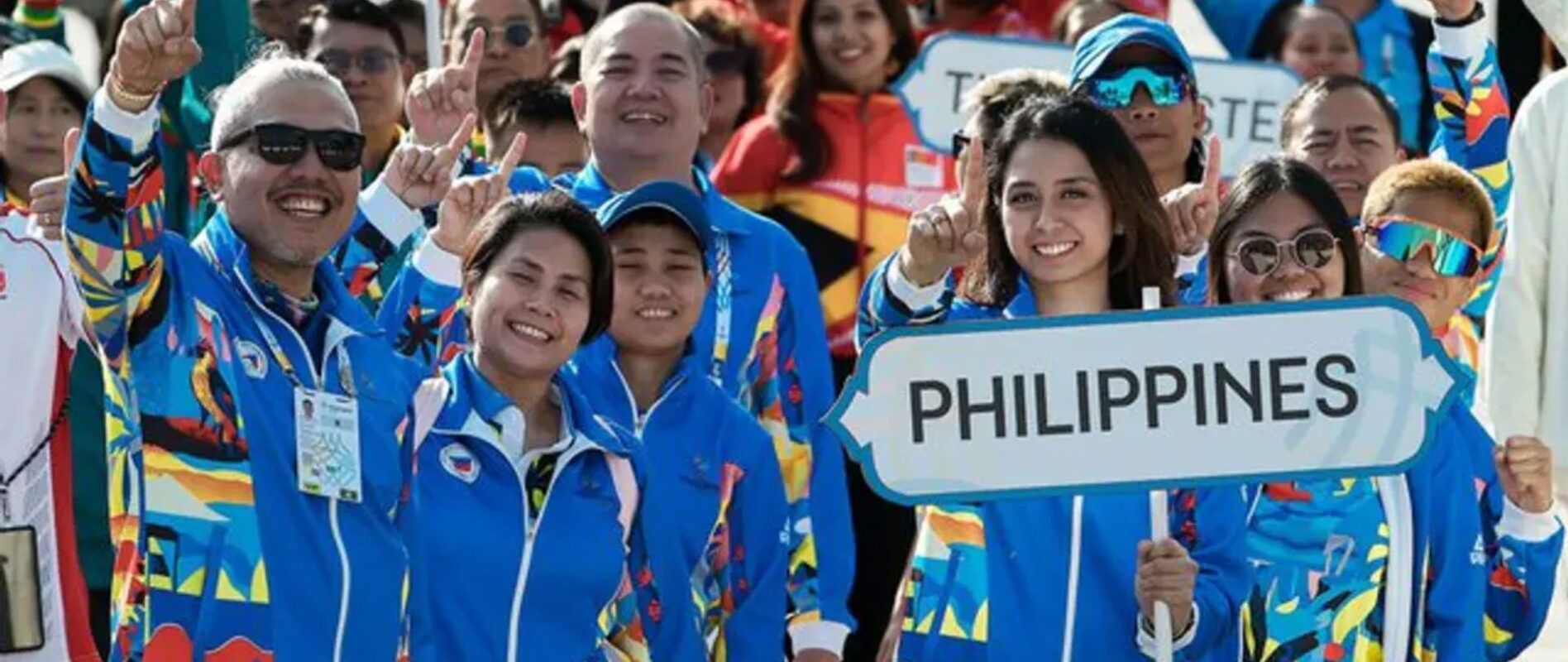EDCOM 2 SEES NEED TO FORM A STRATEGY TO DEVELOP MORE BEST AND BRIGHTEST LEARNERS
THE Second Congressional Commission on Education (EDCOM 2) emphasized the need to act and create a national strategy to develop the best and brightest learners in the country.
EDCOM Executive Director Dr. Karol Mark Yee highlighted this during a site visit and discussion at Quezon City Science High School (QCSHS) and Philippine Science High School (PSHS).
Currently, gifted and talented learners in the sciences are served by the Philippine Science High School System under the Department of Science and Technology, regional and provincial science high schools, and special science programs in public elementary and secondary schools under the Department of Education (DepEd).
However, even when combined, data shows that the government supports only 1.03% of the 27,081,292 learners nationwide.
EDCOM 2 observed that other countries vary in the percentage of learners they support, with countries like China and South Korea focusing on their top 3%, while Australia and Europe target as much as 10%. In the Philippines, this would mean supporting an additional 533,502 to 2.43 million learners.
“This is a low-hanging fruit for the Cabinet Cluster for Education, and they should start discussing this at that level,” said EDCOM 2 Co-Chairperson Rep. Roman Romulo.
“DepEd should examine these science programs and expand them in collaboration with other government agencies. While we have issues with Grade 9 students lacking reading comprehension, we should isolate that problem from this one. Let’s increase the support to 5% of students in the country,” he continued.
“While we address the broader issues in our education system, data shows there are hundreds of thousands of learners with untapped potential who could be better supported,” said Executive Director Yee.
This was supported by findings from PISA 2018, which showed that two science high schools—Pasig City Science High School and Regional Science High School for Region VI—scored higher than the OECD average.
PSHS Executive Director Dr. Ronnalee Orteza shared that they have had to turn down many students who qualified for admission due to limited slots in certain regions.
“Based on our data, we proposed expanding PSHS because we have students from Region 4A, particularly Laguna and Batangas, but our cutoff for CALABARZON is only 120,” she said.
Standing Committee Member Elvin Uy noted that there are more enrollees in special science programs at the high school level than in elementary. Data shows that while 279,796 students are supported in science high school programs, only 106,670 are supported in elementary, despite studies stressing the importance of identifying and nurturing talent as early as Kindergarten to Grade 3 (Key Stage 1).
DepEd Director Sam Soliven of the Bureau of Curriculum Development shared that the current policy for special programs and science high schools, dating back to 2011, is up for review.

